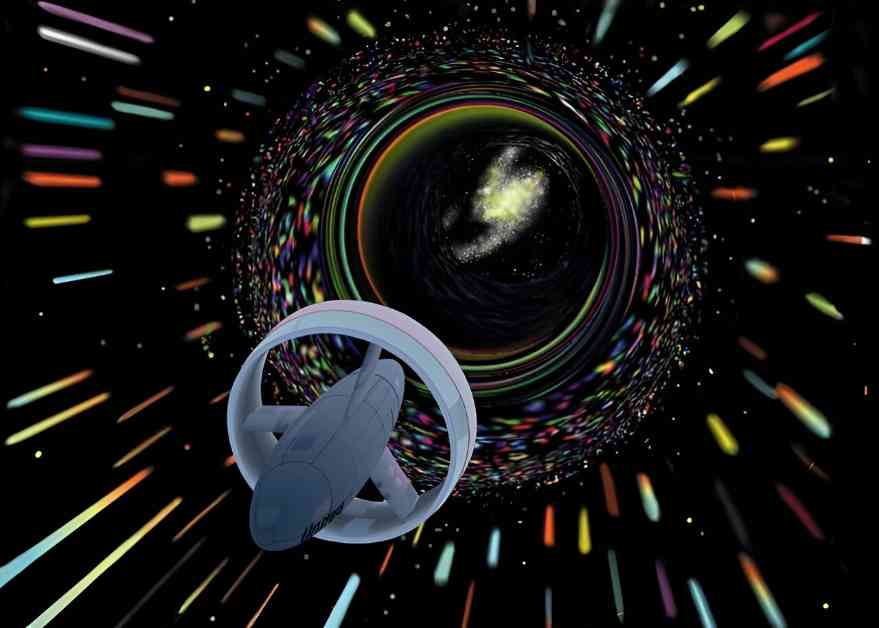In the realm of science fiction, the concept of warp drives has always sparked the imagination of many. While it may seem far-fetched, recent scientific research has delved into the possibilities of harnessing warp drives to explore the cosmos.
A new paper titled “What no one has seen before: gravitational waveforms from warp drive collapse” explores the science behind warp drives and the potential emission of detectable gravitational waves in the event of a warp drive containment failure. The authors of the paper, Katy Clough, Tim Dietrich, and Sebastian Khan, physicists from the U.K. and Germany, delve into the theoretical framework of warp drives based on General Relativity.
The concept of warp drives involves warping spacetime itself to enable faster-than-light travel without violating the speed of light rule. Although warp drives face significant scientific barriers, such as the requirement of a Null Energy Condition (NEC) and stability challenges, they remain a fascinating subject of research.
The collapse of a warp drive bubble could potentially generate gravitational waves with distinct characteristics, different from those produced by binary mergers. While current ground-based gravitational wave detectors may not be able to capture these signals, proposals for higher frequency detectors offer a glimmer of hope for detecting such phenomena in the future.
The researchers emphasize that the nature of the ship itself is not crucial in generating gravitational waves; rather, it is the warp bubble and warp fluid within that play a significant role. The theoretical breakdown of a warp drive bubble could lead to the emission of gravitational waves that are unique in their waveform, potentially distinguishable from other astrophysical events.
Despite the speculative nature of warp drives and their associated gravitational wave signals, the study opens up a realm of possibilities for future exploration and discovery in the field of astrophysics. While the practical realization of warp drives may still be a distant dream, the research serves as a thought-provoking exercise into the potential avenues of space exploration.
As physicists continue to delve into the intricacies of warp drives and their implications, the quest for understanding the fundamental nature of the universe persists. Whether warp drives will ever become a reality or remain confined to the realm of science fiction, the pursuit of knowledge and exploration drives scientific endeavors forward.
In conclusion, the study on gravitational waveforms from warp drive collapse offers a glimpse into a speculative yet intriguing realm of astrophysics. While the theoretical framework of warp drives may pose significant challenges, the potential for generating detectable gravitational waves opens up new avenues for research and exploration in the cosmos. As the boundaries of scientific knowledge continue to expand, the quest for understanding the mysteries of the universe remains an enduring pursuit for scientists and researchers alike.

